In the 2022-2024 three-year period, our programming aims at consolidating the Quadriennale’s identity as a research body on contemporary visual arts in Italy and a promoter of Italian artists both in Italy and abroad.
In the 2022-2024 three-year period, our programming aims at consolidating the Quadriennale’s identity as a research body on contemporary visual arts in Italy and a promoter of Italian artists both in Italy and abroad.
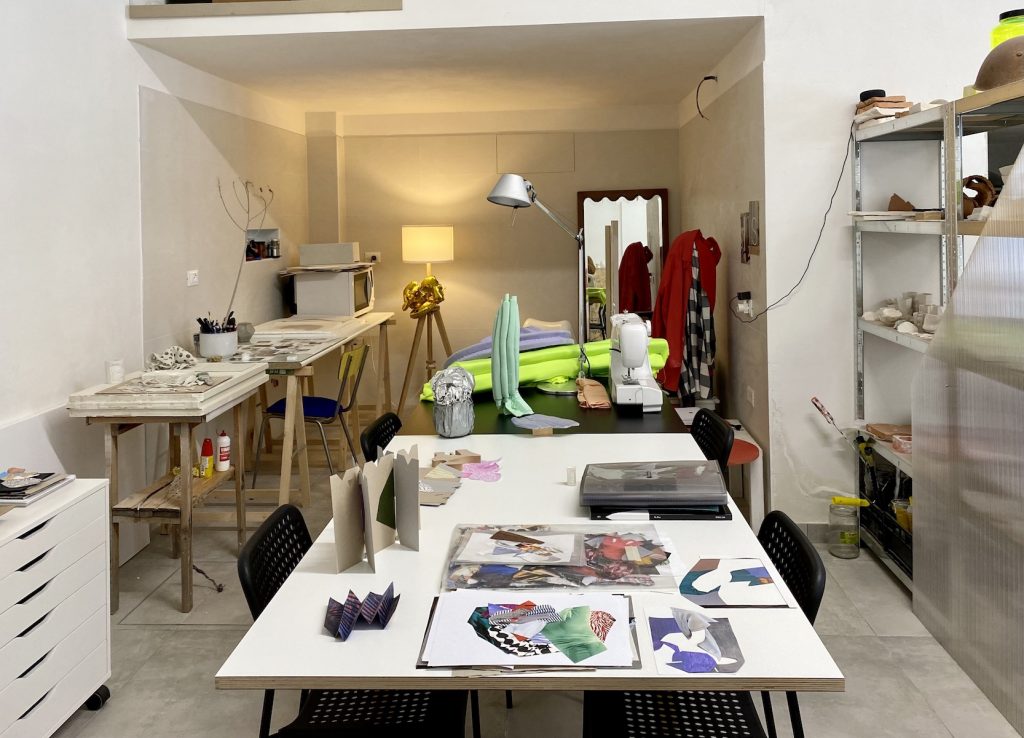
The first task of a research organisation dedicated to the study and analysis of contemporary Italian art is to construct its own field of investigation.
Panorama is a project aimed at monitoring the Italian art scene through a daily studio visit activity carried out by 15 curators evenly distributed throughout the country. Every day, on the pages of this website in the Panorama section and the Quaderni d’arte italiana magazine quaderni.online, the public will be offered a critical presentation of an artist based on an observation of their current work. About 30 studio visits will be proposed each month and evenly distributed among the north (10), the centre (10) and the south (10) of Italy, with the aim of representing the entire range of local scenes on a national horizon.
The curators involved in the Panorama project are: Marco Bassan, Elisa Carollo, Stefano Coletto, Edoardo De Cobelli, Elena Forin, Marcello Francolini, Francesca Guerisoli, Francesco Lucifora, Lorenzo Madaro, Nicolas Martino, Angel Moya Garcia, Osservatorio Futura (Francesca Disconzi and Federico Palumbo), Chiara Pirozzi, Daniela Trincia, Alessandra Troncone.
critics under 35 can apply to participate in this monitoring project.
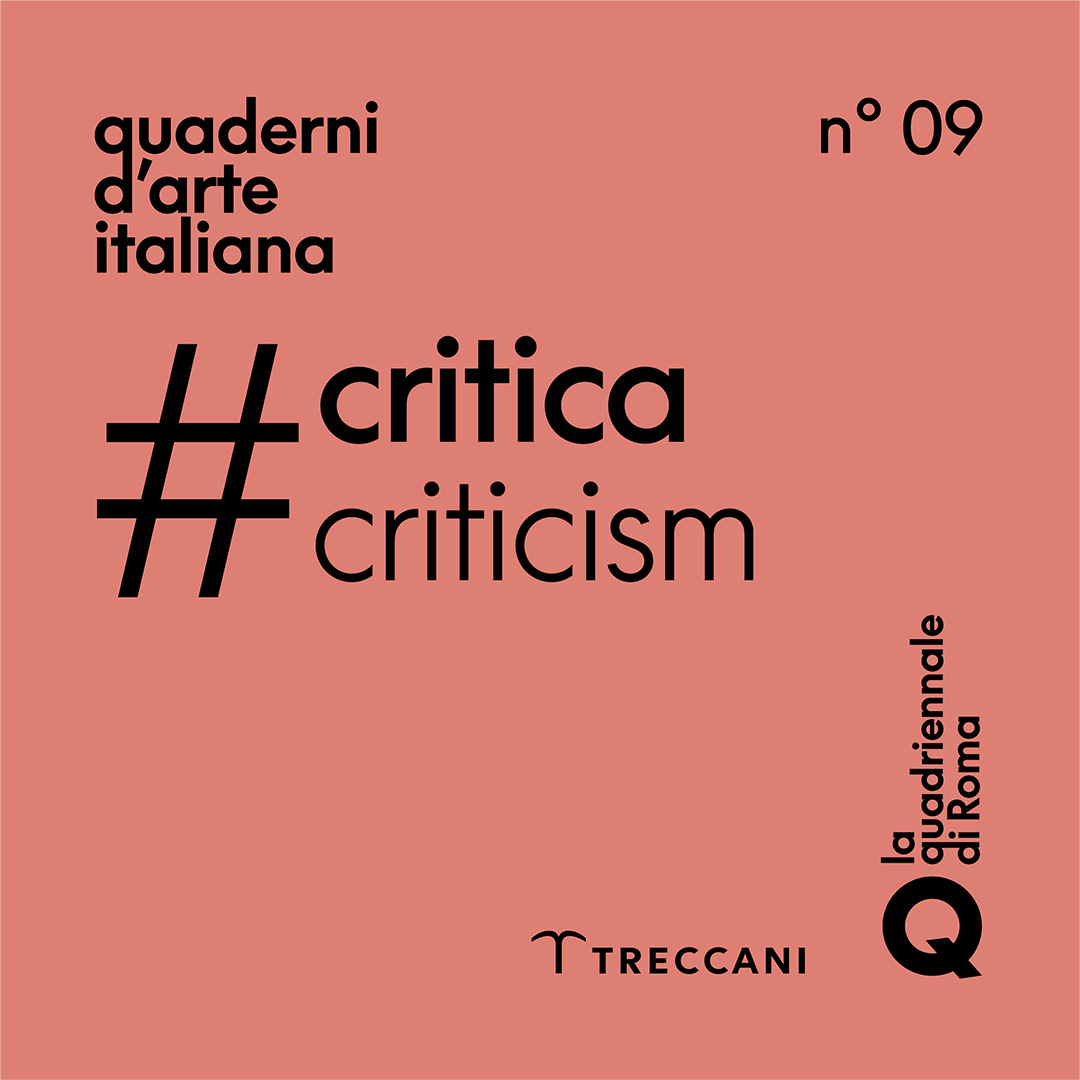
Quaderni d’arte italiana is a quarterly journal that aims at providing a space for investigation and reflection on 21st-century Italian art and its relations with the various Italian and international cultural and socio-political scenes.
The magazine, which is published by Treccani and is available in Italian and English, adopts an analytical approach that seeks to problematise contemporary creation by conceiving it as a privileged tool for reading the present. The magazine’s articles are published weekly and free of charge on this website in the section Quaderni d’arte italiana and on the digital platform quaderni.online. The editor-in-chief of the magazine is Gian Maria Tosatti. The editorial board is composed of: Nicolas Ballario, Francesca Guerisoli, Nicolas Martino, Attilio Scarpellini and Andrea Viliani.
The production of the magazine sees the involvement of the curators who collaborate in the various activities of the Quadriennale and external authors.

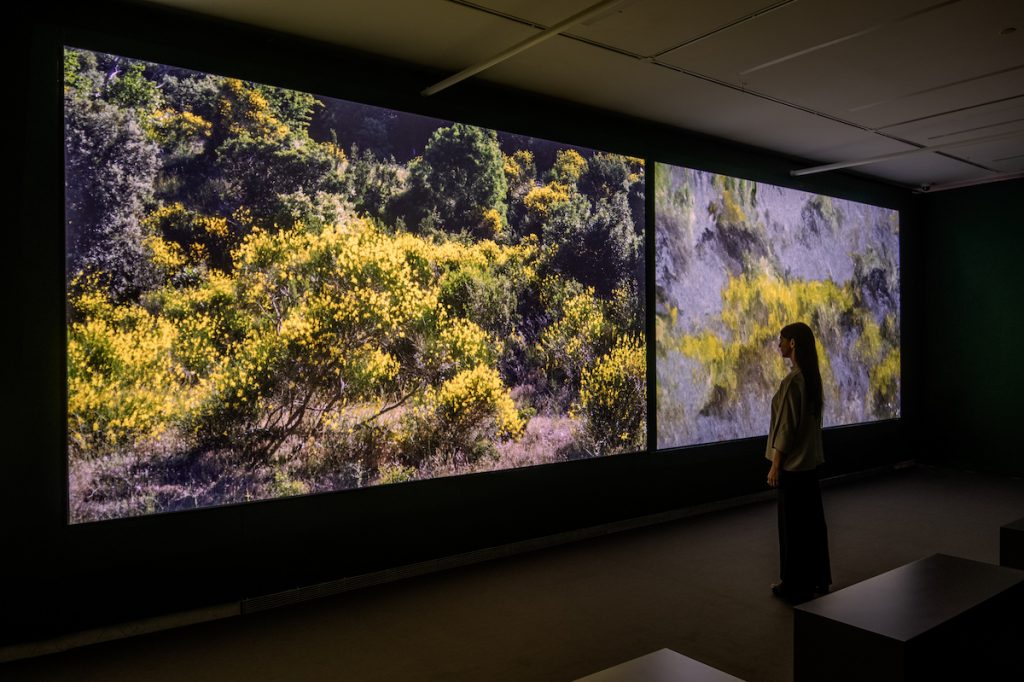
The study and production activities relating to digital art are a means of deepening and articulating specific and contemporary languages applied to the great visual arts tradition. The tools through which this activity is carried out are integrated into the various practices of the Institution so as to consider digital art not as a discipline separate from the others, but as a linguistic possibility applied to any type of project that curators and artists may use.
Each year, activities related to digital practices will yield co-productions involving Italian artists in the creation of new works. This activity is linked to an annual scholarship for a PhD who intends to deepen aspects of the relationship between digital and visual arts and the related problems.
This project is coordinated by Valentino Catricalà.
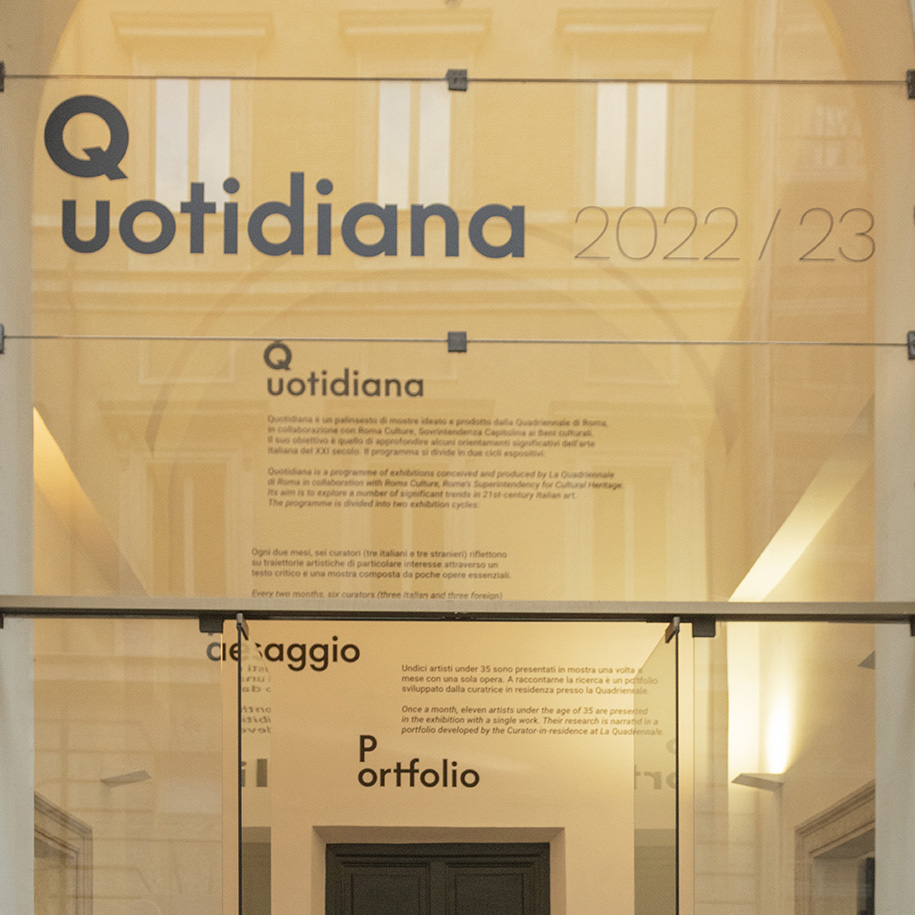
The Quadriennale runs a programme of exhibitions whose aim is to create an opportunity for an in-depth critical examination of the research of Italian artists. Each exhibition will begin with the writing of an essay by Italian and foreign curators (in equal numbers) aimed at defining specific aspects of the work of a given artist or proposing contextual analyses. Between one and three works will be shown for each exhibition in order to give maximum attention to the elements that make up the individual works.
exhibition projects can be proposed by curators and artists (as curators) through a precise application process. Applicants must be under 35 years of age and submit to the artistic direction of the Quadriennale a critical essay outlining the approach through which the exhibition will be constructed, as well as a project for the exhibition set-up, using a special downloadable form.

One of the pillars of the Quadriennale’s work is the promotion of the Italian scene abroad. This objective, which is central to the Institution, is pursued through the identification of possible synergies with similar institutions in Europe or the rest of the world that can support and host the work of Italian artists through production projects, exhibitions or residencies.
In the months leading up to the launch of its programme, the Quadriennale will identify the work of artists who can enter into an effective dialogue with foreign scenes, also through its network of curators.
This activity is coordinated by Peter Benson Miller.
Italian artists whose main activity can be categorised as belonging to the 21st century can apply for a residency by proposing a specific project according to the procedure that can be downloaded here.
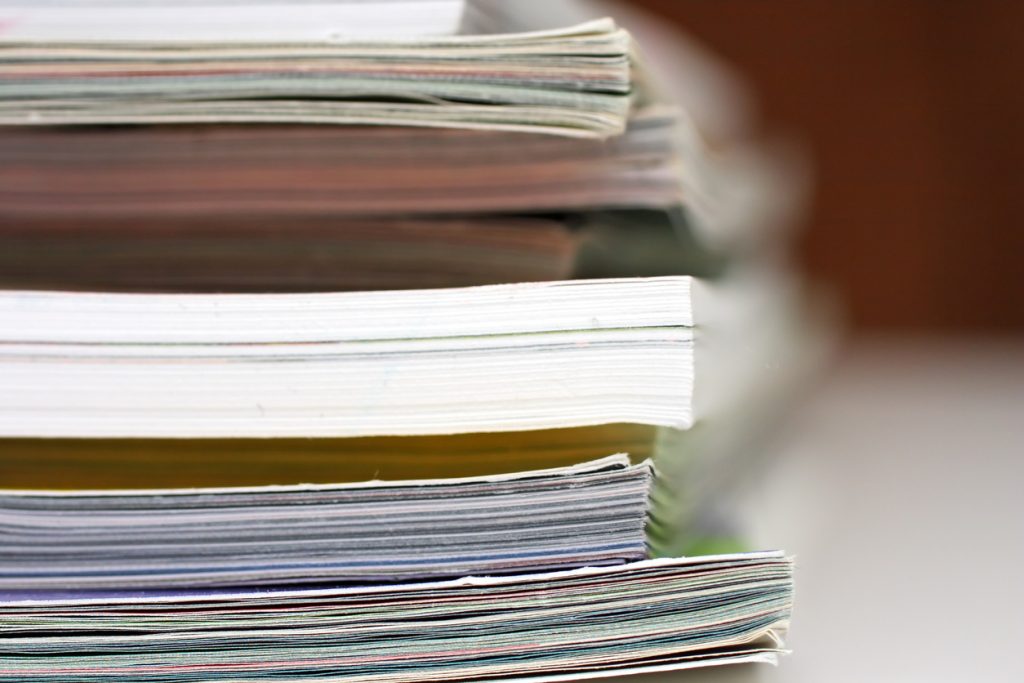
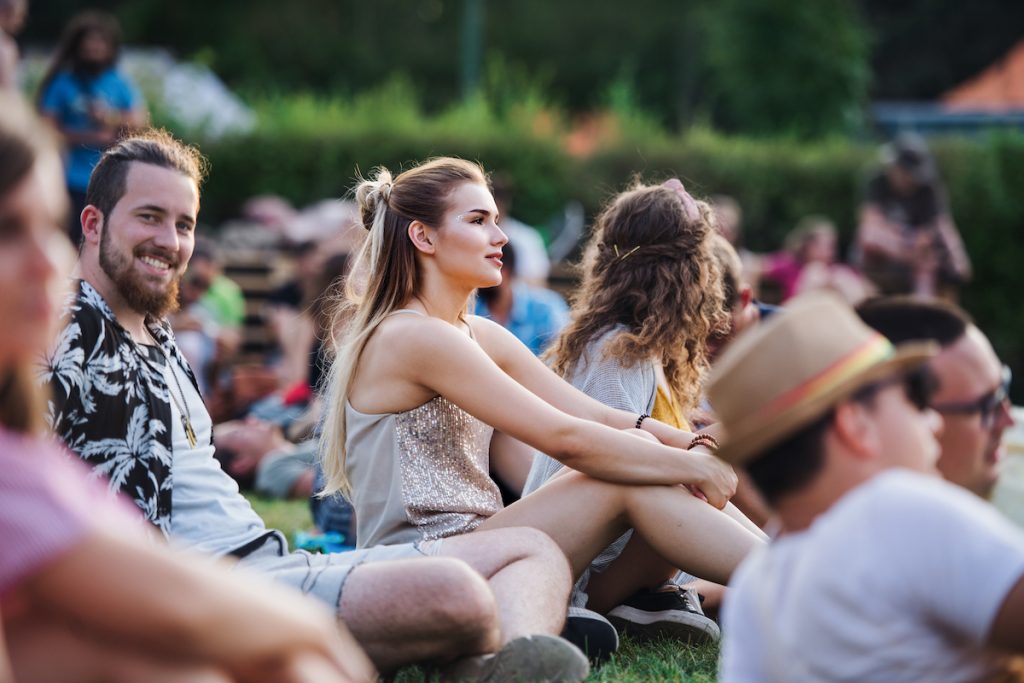
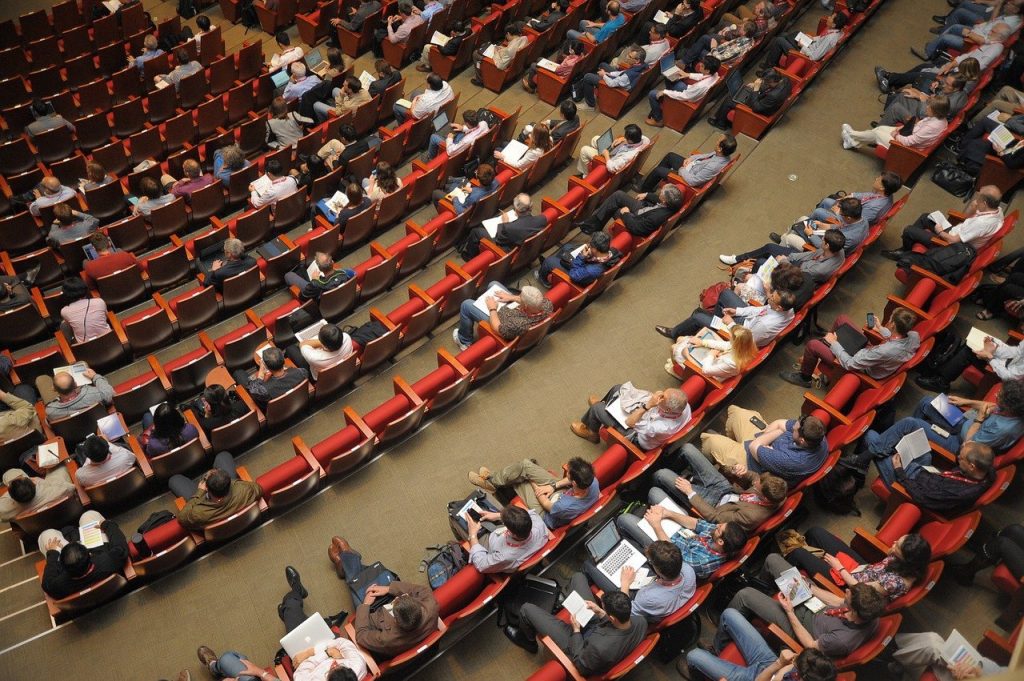
The Quadriennale offers its Friends a cycle of events on the history of Italian art in the 21st century intended to develop tools for navigating the more contemporary art scene. The cycle includes 18 events, including 9 lectures and 9 visits to artists’ studios, collections and contemporary art spaces, with the participation of curators.
The initiative is organised under the coordination of Ludovico Pratesi.
Italian art today
The lectures cover the history of Italian art from 2000 to present day and will take place on a monthly basis. Their aim is to explore the careers of the most representative artists of this twenty-year period and identify contextual elements that can allow for an organic reading of the different paths within a single landscape.
The lectures last 90 minutes and are led by Ludovico Pratesi, with the participation of guest artists and curators.
Atelier visits
Every two months, a series of studio visits are organised with artists who are mainly active in the Roman area, with a special focus on Artist Run Spaces, that is, the self-managed spaces created by artists in some parts of the city during the pandemic.
Exploring the collections
Every two months, a private collector in Rome opens the doors of their collection for an exclusive visit designed to provide an insight into Italian collections.
This training course, which will begin in April 2022, is reserved for those who wish to join our community by becoming Friends of the Quadriennale.
Click here to find out how to join.
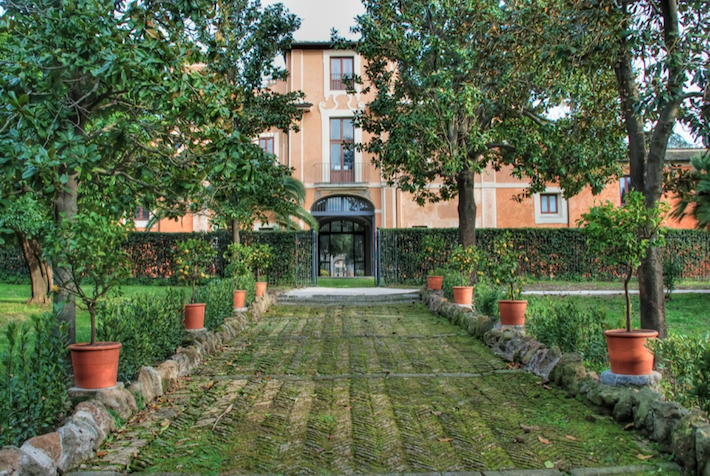
The Friends of the Quadriennale are not an ordinary group supporting the activities of a cultural institution. The idea behind their establishment is to create a real cross-sectional community that can take part in a series of activities organised by the Foundation and become its first source of discussion and dialogue For this reason, our membership campaign is not only aimed at collectors and patrons, but at anyone interested in learning more about and following contemporary art closely, with the hope of attracting young people and students too.
The fees charged for joining the programme are extremely democratic and are generally not to be considered as support fees, but as a contribution for participation in the Institution’s programmes.
The first annual programme offered to the Friends of the Quadriennale is a cycle of 18 meetings on the history of Italian art in the 21st century. While much has been said and written about the artistic adventures of the second half of the 20th century, from Arte Povera to the Transavantgarde, very few publications have dealt with the artistic production that began in 2000. For this reason, having the opportunity to reconstruct the values and phenomena that have emerged in these years with the help of critics and artists can prove very important in developing a useful tool both for those who wish to have an active dialogue in terms of reading and understanding the current scene, and for those who, as collectors, seek to understand the critical placement of the works in which they are interested.

Villa Carpegna 00165 Rome
monday-thursday
9.10-13.30/14.30-17.30
friday
9.10-13-30/14.30-17.00
Regione Lazio
© Fondazione La Quadriennale di Roma - All rights reserved
note legali